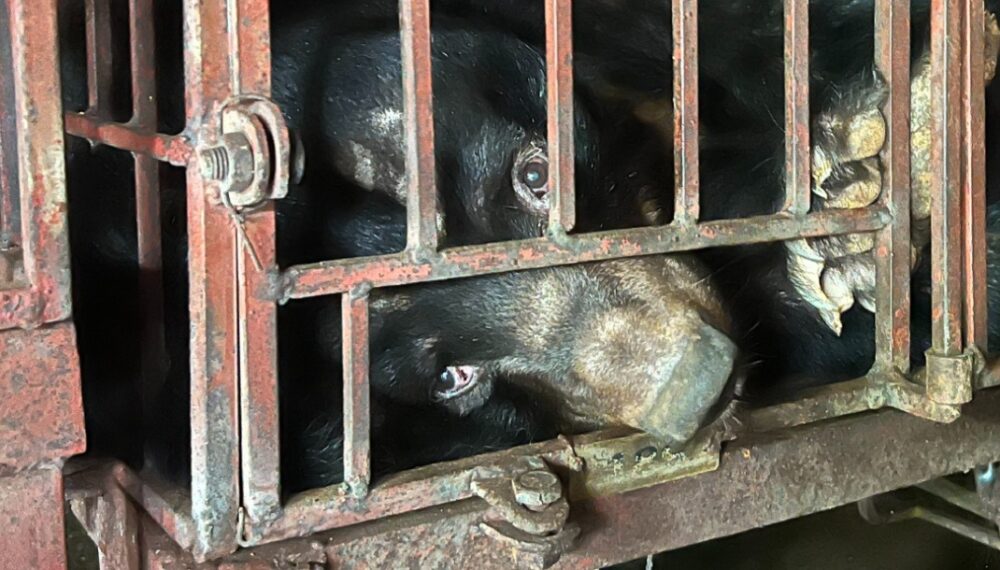
Moon bear protection China
Working together to protect China’s moon bears
Moon bears in China face serious challenges from habitat loss, human-wildlife conflict, illegal trafficking of animal products, and the demand for bear bile. As a vulnerable species, their future depends on long-term, compassionate solutions.
Animals Asia is working across China to protect moon bears through sanctuary care, community outreach, and public education. By reducing demand for bear bile and supporting co-existence of people and bears, we’re helping to secure a kinder, more sustainable future for China’s moon bears.
Reducing demand for bear products
While bear bile farming remains legal in China, the International Union for Conservation of Nature says the most effective conservation measure for moon bears (officially called ‘Asiatic black bears’) is to substantially reduce demand for bear products.
For decades we’ve collaborated with hospitals, researchers and traditional medicine practitioners in China and Vietnam to promote herbal and synthetic alternatives to bear bile and to help the authorities protect bears in the wild.

Recent innovations in China support the production of synthetic ‘bio-transformed bile’, a mirror image of real bear bile and seen as a vital step in promoting ethical and sustainable medicine. Promising developments are already under way.
In 2024, the State Food and Drug Administration and the State Administration of Traditional Chinese Medicine announced their support for the ‘research, development and utilisation of substitutes for rare and endangered Chinese medicinal materials, such as bear bile powder for use in Chinese medicine production’.
Today, Kai Bao, a major bear bile buyer, is investing in such alternative research, and bio-transformed bile products are being developed for the Chinese market. We hope to see more humane products emerge in the pharmaceutical medicine market in the coming years.
What we’re doing:
- Encouraging the ongoing research and development of humane substitutes for bear bile
- Educating the public and young people about the importance of welfare, conservation and protecting China’s bears
- Collaborating with the authorities to help both captive and wild bears.
China bear sanctuary
Our China sanctuary is a peaceful refuge for bears that have lost the ability to survive in the wild. Here, they receive expert veterinary care, enrichment like toys and treats, nutritious food, and a safe space to heal.
The centre also acts as a dynamic hub for conservation education and community outreach. From school visits to research collaborations, it’s where recovery meets learning – and where a kinder future begins.
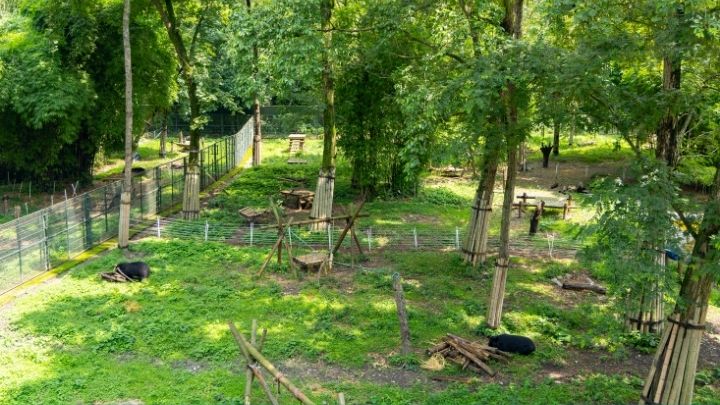
Conservation and human-wildlife conflict
Wild bear populations are rebounding in places like Sichuan, which is a positive sign for conservation. However, this growth also brings more frequent encounters between bears and people. In collaboration with local government, Animals Asia is piloting humane bear deterrents and building long-term solutions to prevent conflict and safeguard both communities and bears.
Our work includes:
- Installing e-fencing in mountain regions to protect bears and people alike
- Monitoring wild bear and other wild animal movements with infrared cameras
- Publishing and distributing a practical handbook on conflict prevention
- Training local rangers and wildlife reserve staff in safety and first aid
This is the first time that government and non-government groups have collaborated on protecting communities and bears. We’re also gathering vital data to influence future regional and national wildlife policies, and providing training that empowers communities to live alongside bears peacefully.
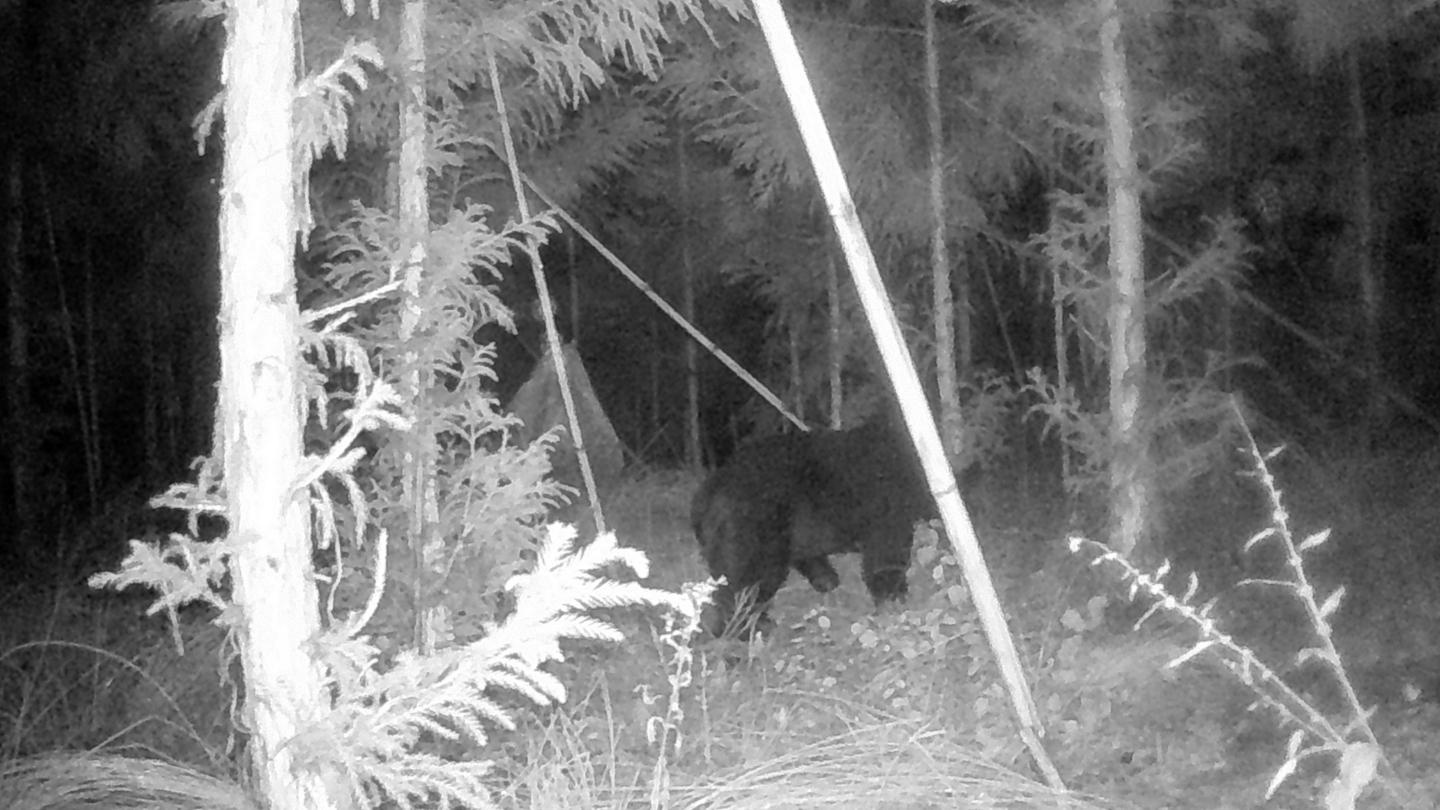
The biggest bear rescue in history
In 2021, with help from the local forestry and related government departments, we made history by rescuing over 100 moon bears from an ex-bile farm in Nanning to our Chengdu sanctuary.
This joint initiative took bears like Smudge on a three day, 1,200 kilometre journey to freedom. Smudge and her friends now spend their days sunbathing, playing and discovering the joys of life.
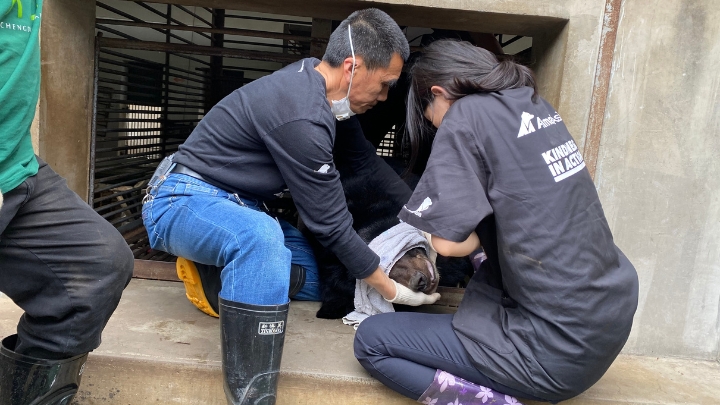
Education and outreach
Reducing demand for bear bile and protecting bears long-term depends on public understanding, empathy and informed choices. That’s why we’re working with communities across China – bringing animal welfare concepts to the general public.
What we deliver:
- Educational handbooks and workshops across communities enhancing their knowledge of welfare, conservation and biodiversity, and encouraging the use of alternatives to take the place of animal products
- Open Day tours and school visits to our Chengdu bear sanctuary
- Community events and exhibitions in nature reserves and parks to foster love for wildlife, including our Give Nature a Bear Hug program.
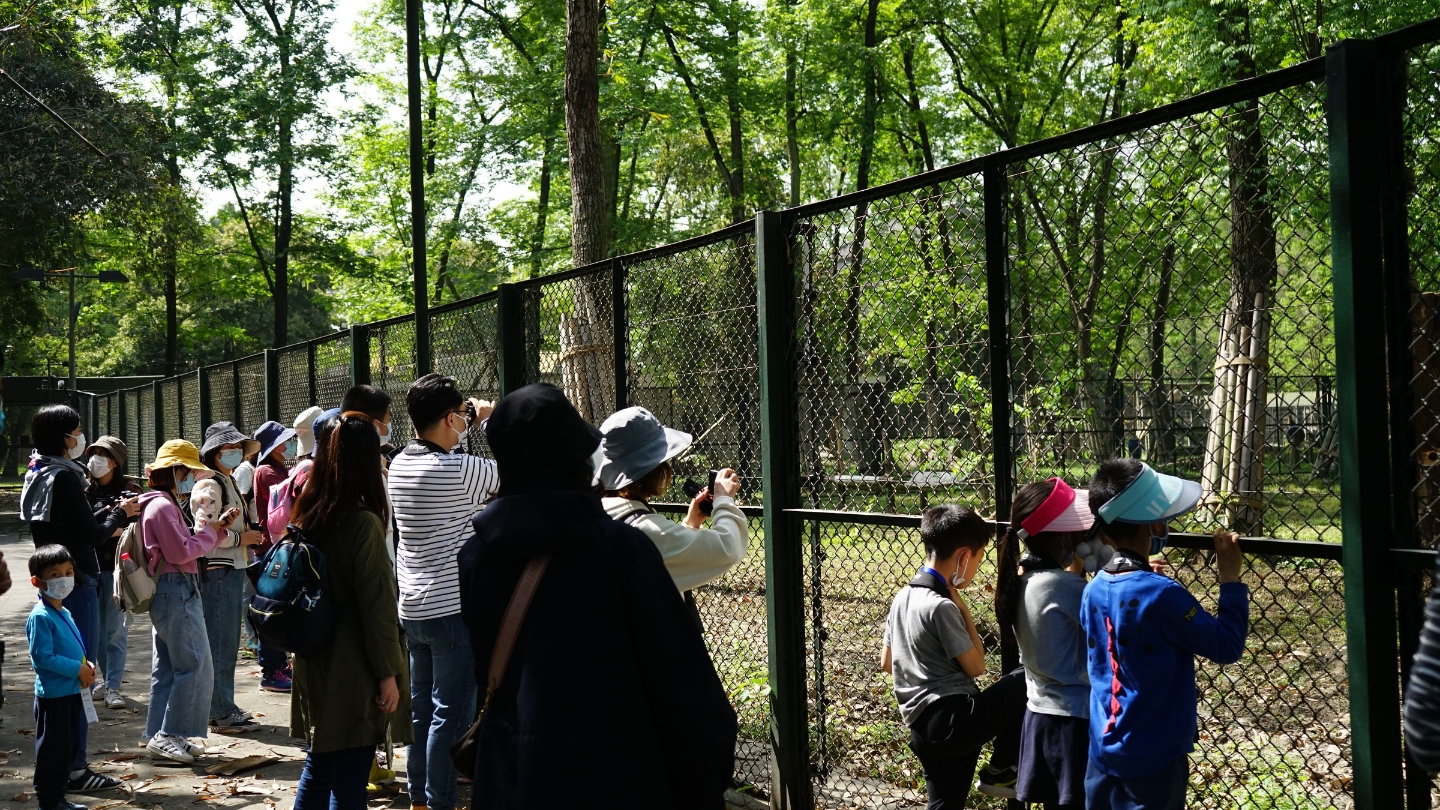
Help us put an end to animal cruelty
Animals are being captured and exploited every day. Animals Asia has helped thousands, but there is always another animal in need of our help. Please donate today.
Donate now